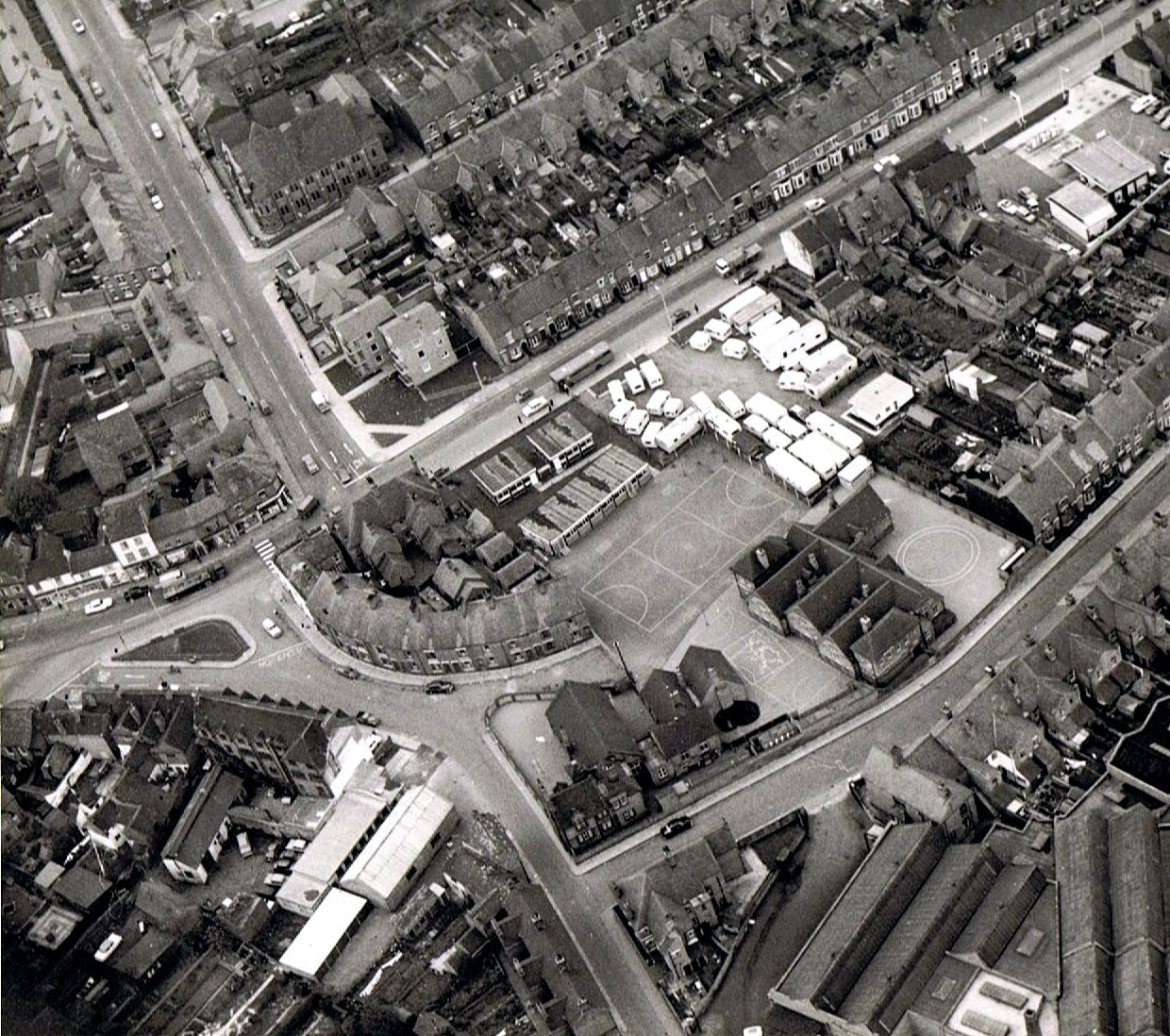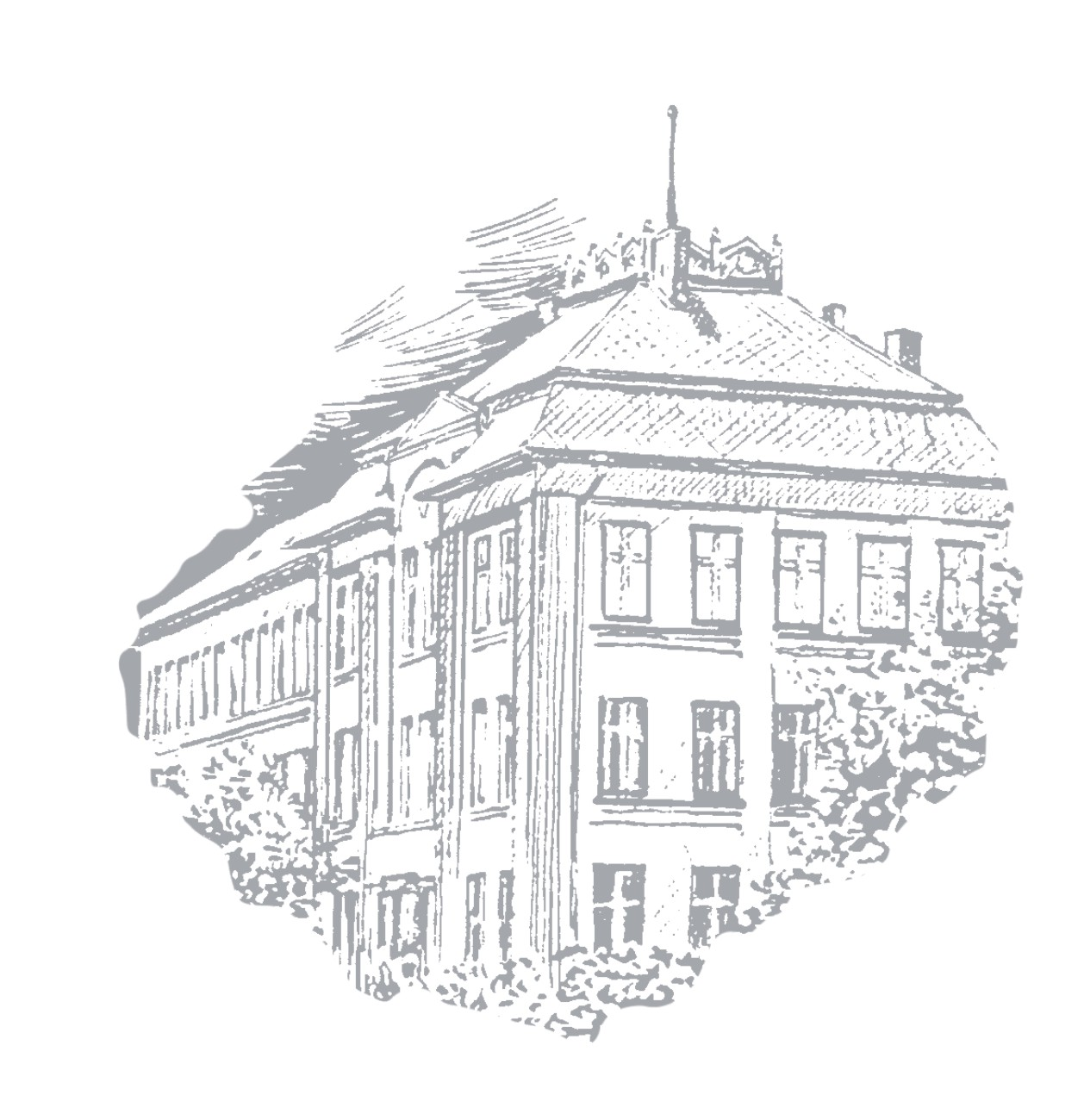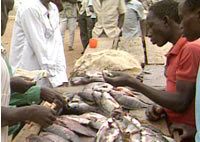ABBEY GREEN BY PETER LEE ABBEY GREEN FROM THE
ABBEY AWARDS SCHOLARSHIP & FELLOWSHIPS IN PAINTING 20202021 NAMEABBEY BROOK CACTUS NURSERY OLD HACKNEY LANE MATLOCK DERBYSHIRE
ABBEY COLLEGE AUSTRALIA ICT60220 ADVANCED DIPLOMA OF INFORMATION TECHNOLOGY
ABBEY CREEK VINEYARD ABN 49 757 396 917 MAIL
ABBEY GOLD APPLICATION FORM IF YOU WOULD LIKE TO
ABBEY GREEN BY PETER LEE ABBEY GREEN FROM THE
ABBEY GREEN
ABBEY GREEN
By Peter Lee

Abbey Green from the air. C. 1965. The Green is to the left of the picture with its triangular island. Midland Road leads off to the right towards the top of the picture. This is the main road towards Hartshill, Ansley and Birmingham. Manor Court Road leads off to the top left. At one time there was an old public house stood on the corner between Manor Court Road called originally “The Bowling Green” later this was changed to “The Midland Railway” as it was on the road (Midland Road) leading to Nuneaton Abbey Street Railway Station which was owned by the Midland Railway. This pub was bombed during the war and subsequently demolished replaced by the modern block of flats seen here. (Photo: Reg. Bull)
Abbey Green is a relatively modern, late 19th century, name for a part of Nuneaton which for several hundreds of years was known as Abbey End. As the name suggests the local Abbey was at this end of town.
Two hundred years ago Nuneaton was divided into three “ends”, Bond End, Church End, and Abbey End. The town was laid out with one main street – Abbey Street – which was where two thirds of the population lived. Abbey Street petered out into the country at Abbey End.
Until the beginning of the 19th century, within the living memory of at least one old timer, alive in the 1870’s, Abbey End had remains of a Bull Ring with loops of iron used to tether bulls. Bull baiting was a favourite pastime of our poverty stricken ancestors, who gloried in all sorts of rough sports. Bare knuckle fighting, cock fighting and street football (like the Atherton Ball Game) amongst them.
As far as I can tell the broadening at the top of Abbey Street was never Green since it was first officially referred to as Abbey Green about 1873. It might have been green one hundred or more years before tar macadam was invented, but then it was known as Abbey End. It was quite densely populated even then with a number of courts and yards at the back of what were referred to as “Good Front Houses”.
The numbering system started at nr. 1 on the left side looking along Abbey Street towards the Green. It went up to nr. 15 and then down the right side from nr. 16 to nr. 29. The gaps in the housing numbering system do not seem to have been totally filled in. The house next to nr. 14 became nr. 14½. There were several courts as well numbered 1-6.
In addition there were three principle pubs. The Plough and Ball (formerly the Golden Ball until the 1840’s) – rebuilt in 1904 as a modern pub, now The Town Talk. The Bowling Green, later the Midland Railway Inn, bombed in 1942. Also the “Three Tuns” which was probably older established than the others. All three were ancient buildings. The Plough and Ball, for example, had ceilings that varied in height from 5ft. 10 ins to 6ft. when people were commonly of smaller stature than they are today.
There were other drinking establishments on the “Green”. The Abbey, a beer house originally, in later years an off license, has now been put to other uses but the premises are still there hidden behind a new frontage.
Beer houses were not proper pubs but often part of a shop so you could go in and buy a whicker basket of “spuds” and carrots, or a jar of pickled onions, and then while away a chin wag with your neighbours around a scrubbed table on old rickety chairs with a pot mug of “old ale” or “swick swack” or “stingo” which the shopkeeper thoughtfully dispensed from spigot of wooden casks stacked on the shop counter. Provided for a few coppers to keep his clientele loyal. After all there were plenty of grocers or bakers shops in Nuneaton, so customer loyalty might depend on the quality of the “bush” or headache afterwards.
Just off Abbey Green was a plot of scrubby grass land, called “Rose’s Patch”. The Rose family owned this and built themselves two courtyards of cottages for their extended network of relatives to live in from the 1820’s onwards. These were pulled down in the late 1920’s and 1930’s.
Old Nuneaton names long associated with Abbey Green were Barr, Taberner, Daffern, and Vernon.
In the mid 19th century Manor Court Road was a narrow trackway which led to the remains of the Abbey, then across open fields to the Cock & Bear Bridge. Another roadway leading off it was Navigation Street, now Midland Road, as you left the town to travel to Coleshill. An area of open country which lay just beyond the Green was named Barr Green which was a farmstead once owned by a family called Barr. Beyond that the road was called Tuttle Hill.
The Abbey
The Abbey or more correctly, the Priory of Nuneaton was founded in the Mid 12th century (c. 1155-9) as a daughter house of the great Abbey of Fontevraud in western France near the town of Saumur. The owner of the manor and founder of the Abbey was Robert le Bossu, Earl of Leicester. The priory was originally founded as a nunnery hence the name Nun-eaton. Eaton meaning “Water Town” due to its propensity to flooding. The Priory was instrumental in laying out the “Abbey Street” terminating at the “Abbey End”. A gate was placed across the town end of Abbey Street, hence Abbey Gate” to restrict townspeople from going into Abbey Street where the town’s Abbey retainers and Burgesses lived. The labouring people gained access to Abbey End by walking up a pathway on the edge of Abbey Street known then and today as Burgage Walk. For two hundred years the Priory was a wealthy institution that controlled much of Nuneaton’s spiritual, commercial, and philanthropic life. In 1441 its connection with Fontevraud was severed so the priory became an Abbey in its own right. Finally it was dissolved by edict of Henry VIII in 1539. The site was then granted to Sir Marmaduke Constable, later passing to other lords of the manor, the Caves, Knollys, Willoughbys, Pagets, Astons, before being broken up.
The Abbey obtained a grant of a weekly market in 1226, an annual fair of two days in early May in 1239. After the dissolution the Priory fell into dereliction before being carried away as a ready source of building stone for local people. As late as the 19th century there were buildings in Abbey Street which had incorporated within them recognisable bits of the Priory stonework.
Out of the ruins of the Abbey was fashioned the Abbey Church of St. Mary in 1876 due to a generous local benefactor Thomas Botterill who left money in his will for this purpose.
Famous Abbey Green People
SIR GEOFFREY DE-HAVILLAND (1883-1967)
The man who gave his name to the famous aircraft company lived his childhood years in Manor Court Road. His father Charles de-Havilland was vicar at St Mary’s Abbey Church, Manor Court Road between 1883 and 1897. His fifth child, Geoffrey was born in 1882. He went to Nuneaton Grammar School.between 1891 and 1894. It is said that he first became interested in flying when he was looking skywards at the Abbey vicarage, and saw a hot air balloon rise into the air above Nuneaton. Geoffrey went on to found the aircraft company which bore his name in 1920. His most famous planes were the Tiger Moth, the Mosquito and the first jet airliner – the Comet. His cousins were the Hollywood film actresses – Olivia De-Havilland and Joan Fontaine.
REGINALD STANLEY (1838-1914)
Brick making in Nuneaton is synonymous with the name of Stanley Brothers. Reginald Stanley was a great entrepreneur. He had left home in 1857 to seek his fortune out west in America. He travelled to Montana in the “gold rush” and staked his claim and built a log cabin in the gold camp that was to become the state capital, Helena. His exploits in the frontiers of the Wild West are a fascinating story. He fought Indians and survived the Sioux Wars and the American Civil War before returning to England in 1866. Around about this time his brother Jacob Stanley and a relative Mr. Broadbent, a Leicester businessman, bought a brickworks at Stockingford formerly owned by Handley & Wheway. After the deaths of the proprietors this had been bought by Stanley and Broadbent, and then was taken over by Reginald Stanley as sole proprietor about 1871, although both families were shareholders in the business. Reginald Stanley turned the business into a great success having five brickyards in Nuneaton, two collieries, a brickyard at Burslem and another in Coventry. He was also owner of the Nuneaton Engineering Company which made colliery equipment and brickmaking machinery.
Nuneaton produced clay products were in great demand throughout the country and abroad. Stanley Brothers Ltd. were taken over by another specialised terracotta firm – Red Bank Manufacturing Ltd. of Measham, Leicestershire in 1987 and their old brickworks sites sold for building new houses and factory estates.
Reginald Stanley was a well like by his workmen, a great philanthropist and senior citizen in Nuneaton. He lived locally at the Manor Court House in Manor Court Road.
LARRY GRAYSON (1923-1995)
Larry Grayson was one of that great genre of British camp comedians. (Kenneth Williams and Frankie Howard, perhaps took this to the extreme). With his risqué’ innuendo which was never rude and a coterie of imaginary chums – Everard, Slack Alice, Apricot Lil and Pop It In Pete – the Postman. Born in Banbury in 1923 he was only 10 days old when he moved to Abbey Street in Nuneaton to be fostered by a local family. His real name was William Sully White. When he was six his foster mother died and he was brought up by his foster sisters May and Fan to whom he stayed loyal throughout his life. His talent to entertain was recognised at the age of nine, but it was to be another 39 years before he became a national celebrity. During the early part of his career he used the stage name “Billy Breen” but when he hit the big time changed it to “Larry Grayson”. His career finally took off in 1971 when he appeared in ATV’s “Saturday Variety” show. By 1972 he was topping the bill at the London Palladium. That year he had his own show named after one of his famous catchphrases “Shut That Door!” He was voted TV’s funniest man of the year. In 1978 he moved to BBC to host “The Generation Game” This made him a superstar of British television. He never forgot his home town of Nuneaton and lived here nearly all his life and died here in 1995.
His catch phrases: “Shut that door” “What a gay day” “Seems like a nice boy” “Look at the muck in here” “I love you all very much” will bring back memories of a great star who had Nuneaton at his heart.
I will always remember a funny story told to me about Larry (or Billy as he was then known) by an old chap now in his 80’s who was a keen amateur theatrical in Nuneaton in the 40’s and 50’s.and knocked around with “Bill” who was very much a comic in those days. Billy still lived in an old court cottage in Abbey Street during the war, and as the family were poor all they could afford for kindling was half an old railway sleeper which they would put one end in the grate and when it had burned through “otch it up a bit”. Being saturated with gas tar or whatever the compound is that the railway impregnated them with it burnt well, although probably gave off a funny “pong”!. But when the sleeper was new it was impossible to get it on the fire and shut the outside door as well. I guess cutting it in half again might have been beyond the scope of poor Billy and his sisters, so they had to make do until sufficient had burnt through to “otch it up” and close the door. So I could well imagine how Larry in later years coined the phrase “shut that door”. In fact there was very much of Abbey Street court life about his repertoire. As Billy played around the courts and listened to the old housewives standing there in their hair nets, head scarves and pinnies, inspecting each others kitchens over a cup of tea and a fag I can hear them say furtively to each other “look at the muck in here”. Which there was in many court cottages of course. It was a mucky environment.
A pervading memory of Larry as he lived in Nuneaton was that I used to see him regularly walking into town with his poodle under his arm, but when I say walk more often than not he was being waylaid by somebody who knew him, after all everybody knew him, and I often speculated how long it must have taken him to walk the few hundred yards from his flat in Dugdale Street into town. Hours probably.
KEN LOACH (1937- )
Ken Loach was born in Nuneaton in 1937 and lived through his boyhood in Manor Court Road. He attended King Edward Grammar School and St. Peter’s College Oxford.
Ken has become one of the most influential TV and film directors of his generation. Some of his output have become landmarks in film and television history. The 1966 TV film “Cathy Come Home” which dealt with homelessness in such a way that it promoted national awareness in a subject that was at the time played down by the government. It exploded with tremendous force on a complacent society then in the midst of the “swinging sixties”.
His 1969 film “Kes” became a classic. He has won many awards including British Television Guild TV Director of the Year Award 1965, British Academy of Film and Television Award 1967, Cannes Festival Special Jury Prize 1990. Ken has produced many films and TV programmes mostly in the style known as “Social Realist” or “British New Wave” which often contained a radical message which has touched the social consciousness of the country.
The NASONS
For one hundred years the name Nason has been synonymous with medicine in Nuneaton. The Nason family came from the south of Warwickshire originally, the first Dr. Nason, was Edward Nason (1800-1868), followed by his son Richard Bird Nason (1829-1896), and his grandsons Edward Noel Nason (1860-1940) and William S.Nason (1863- )Their great contribution to local life cannot be undervalued. They struggled tirelessly to alleviate the suffering of a town whose people were undernourished, died early and often were subject to horrific work related injuries and diseases for which, at the time there was no known cure, or means of eradicating their suffering. With this in mind Richard Bird Nason was instrumental in founding the Nuneaton Cottage Hospital (later the Manor Hospital), which opened in 1893 on land given by Reginald Stanley and James Tomkinson of Willington Hall, Cheshire. Dr. Nason persuaded many local people to contribute, particularly local businessmen like Reginald Stanley, Edward Melly and Joseph Fielding Johnson. When the Manor Hospital on Manor Court Road closed a new ward was named Nason Ward in the new George Eliot Hospital that replaced it.
ABBEY MEDICAL CENTRE (DRS DAVIES PROSSER JOHN MADAN KELLY
ABBEY MEDICAL PRACTICE PRACTICE COMPLAINTS PROCEDURE PATIENT INFORMATION AND
APPLICATION FORM “THE ABBEY COLLEGE IS COMMITTED TO SAFEGUARDING
Tags: abbey green, of abbey, abbey, green, peter
- AURP 2011 SOUTHWEST REGIONAL MEETING HOSTED BY SANDIA SCIENCE
- “LAST RESORT” SINOPSIS TANYA JOVEN E INGENUA ABANDONA MOSCÚ
- UNIVERSIDAD DE CHILE FACULTAD DE CIENCIAS DEPARTAMENTO DE FISICA
- CAJA DE EMPOTRAR CIMA PRO DE 2 MÓDULOS SIMON
- ZOOMTEXT LETRAGRANDE TECLADO GUÍA DEL USUARIO V41 DERECHOS DEL
- FARMACIA PERPETUO SOCORRO SALIVA ARTIFICIAL PROCEDIMIENTO DE ELABORACIÓN Y
- ZAŁ NR 7 DO SIWZ PROJEKT UMOWY PARKOWANIE
- OSNOVNA ŠOLA PRESTRANEK SEZNAM POTREBŠČIN ZA ŠOLSKO LETO 20152016
- 7 PROCESO N° 16IP95 INTERPRETACIÓN PREJUDICIAL DE
- AG030AFF (709) ARIZONA DEPARTMENT OF ECONOMIC SECURITY AGING AND
- ASPER SCHOOL OF BUSINESS UNIVERSITY OF MANITOBA 3500
- BAB I PENDAHULUAN 11 LATAR BELAKANG KEANEKARAGAMAN BUDAYA YANG
- TISSUE MICROARRAY (TMA) SLIDES CURRENTLY AVAILABLE TO CANCER CENTER
- TRANSLATION OF KARTU TANDA PENDUDUK (INDONESIAN IDENTITY CARD) PROVINCE
- FREQUENTLY ASKED QUESTIONS (FAQ) ON RESIDENCY DETERMINATION OF CHILDREN
- HORIZONTAL POSITIONING OF THE TRUNK AND MAXIMAL LEG FLEXION
- OPTICS THE SERIES SOLID MIRROR PERFORMANCE LOSS FROM
- BILL ANALYSIS OFFICE OF HOUSE BILL ANALYSIS HB 245
- FORMULARIO DE SOLICITUD PARA LA PARTICIPACIÓN EN EL PROGRAMA
- SOC PEDIATRI DI FAMIGLIA E SPECIALISTICA AMBULATORIALE VIA DI
- MODIFICACIONES EN LA PRESENTACIÓN DEL POWERPOINT CON SMART BOARD
- ORIENTAÇÕES SOBRE O ESTÁGIO CURRICULAR OBRIGATÓRIO O ALUNO
- TRIANGLE SIDEANGLE INEQUALITY THEOREMS FIRST TURN ON YOUR TI84
- INFORMACJA O WYNIKU REKRUTACJI NA USŁUGI KONSERWATORSKIE I PORZĄDKOWE
- VOTO PARTICULAR EN LA CONTRADICCIÓN DE TESIS 4402013 VOTO
- SUBCOMPONENTS UNDERPINNING THE FRAMEWORK OF CONTRIBUTORY FACTORS INFLUENCING PRACTICE
- DEFINITIONS POSTULATES AND THEOREMS 1 DEFINITION – TELLS THE
- CAJA DE EMPOTRAR CON TAPA CIMA PRO DE 2
- DIRECTORES DE EMPRESA DIRECTORES DE ORQUESTA POR BENJAMÍN JUÁREZ
- SZÖVEGES ÉS MULTIMÉDIÁS INFORMÁCIÓK KEZELÉSE SZÁMÍTÓGÉPPEL SZÖVEGSZERKESZTÉS TÁBLÁZATKEZELÉS KÉP
 PROCEDURE GLUCOSE OSR6121 OSR6221 AND OSR6621 THIS PROCEDURE IS
PROCEDURE GLUCOSE OSR6121 OSR6221 AND OSR6621 THIS PROCEDURE ISCÁTEDRA DE GEOFÍSICA APLICADA UNPSJB CHUBUT ARGENTINA TRABAJO PRÁCTICO
MARTORELL 2015 BEARDED JUEZ NEOFYTOU ERODOTOS CLASE ABIERTA MACHOS
3GPP TSG RAN WG2 110E DRAFT R220XXXXX ELECTRONIC MEETING
 VEDTEKTER FOR AUKRA KYRKJEGARD JFR LOV AV 7JUNI
VEDTEKTER FOR AUKRA KYRKJEGARD JFR LOV AV 7JUNI3 QUATRIÈME RÉUNION DES AUTORITÉS CHARGÉES DES OEASERKXXXIV POLITIQUES
 SZOLNOKI SZAKKÉPZÉSI CENTRUM BAROSS GÁBOR GÉPIPARI KÖZLEKEDÉSI SZAKGIMNÁZIUMA ÉS
SZOLNOKI SZAKKÉPZÉSI CENTRUM BAROSS GÁBOR GÉPIPARI KÖZLEKEDÉSI SZAKGIMNÁZIUMA ÉS UNEPEA12 NACIONES UNIDAS EP UNEPEA12 ASAMBLEA DE LAS NACIONES
UNEPEA12 NACIONES UNIDAS EP UNEPEA12 ASAMBLEA DE LAS NACIONESEMBARGOS DE TERCEIRO RUY ROSADO DE AGUIAR JUNIOR DESEMBARGADOR
 1 НАЦРТАТИ ФОРМУ И НАПИСАТИ ПРОГРАМСКИ КОД ЗА ИЗРАЧУНАВАЊЕ
1 НАЦРТАТИ ФОРМУ И НАПИСАТИ ПРОГРАМСКИ КОД ЗА ИЗРАЧУНАВАЊЕCOMMITTEES SETTING UP AND MODEL TERMS OF REFERENCE IT
NA OSNOVU ČLANA 80 SHODNO ČL 40 STATUTA PLIVAČKOG
 PREINSCRIPCIÓN RELLENE ESTE FORMULARIO Y ENVÍELO A LA SIGUIENTE
PREINSCRIPCIÓN RELLENE ESTE FORMULARIO Y ENVÍELO A LA SIGUIENTE HYPERLIENS DE L’ÉMISSION DÉCOUVERTE L E LAC TANGANYKA SE
HYPERLIENS DE L’ÉMISSION DÉCOUVERTE L E LAC TANGANYKA SECOLUMN LIMITS CONVENTION FITS KEYWORDS FOR DESCRIBING THE MINIMUM
 THE WEST BENGAL UNIVERSITY OF HEALTH SCIENCES DD –
THE WEST BENGAL UNIVERSITY OF HEALTH SCIENCES DD – CÓDIGO DEL CENTRO DENOMINACIÓN DOMICILIO LOCALIDAD PROVINCIA TELÉFONO CORREO
CÓDIGO DEL CENTRO DENOMINACIÓN DOMICILIO LOCALIDAD PROVINCIA TELÉFONO CORREO GRADE 7 MODULE 4A UNIT 2 LESSON 2 LOGIC
GRADE 7 MODULE 4A UNIT 2 LESSON 2 LOGIC AMURIA DISTRICT LOCAL GOVERNMENT STRATEGIC PLAN FOR STATISTICS 201718
AMURIA DISTRICT LOCAL GOVERNMENT STRATEGIC PLAN FOR STATISTICS 201718TALLER 1 LOS MALENTENDIDOS LINGÜÍSTICA EDUCACIÓN DIFERENCIAL UNIVERSIDAD SANTO